DON’T SCROLL PAST: THE IMPORTANCE OF PUBLIC ART IN A MODERN WORLD
Let’s Talk Art, Viaduct Events Centre
Saturday 20 April, 3:30PM – 4:15PM
With modernity, communities are under increasing risk of fragmentation due to social, economic, environmental and technological pressures. In a transient, distributed and screen-mediated world, art in public spaces takes on an urgent necessary role in rehabilitating, defining and elevating spaces to encourage discourse. A panel of leading artists, experts and cultural thinkers convened by Deborah McCormick, will discuss the various philosophies, strategies and modes of making.
This talk is presented as part of Let’s Talk Art, the talks programme at the 2024 Aotearoa Art Fair, held from 18 – 21 April at the Viaduct Events Centre. To attend this talk, purchase a ticket to the Fair.
SPEAKERS
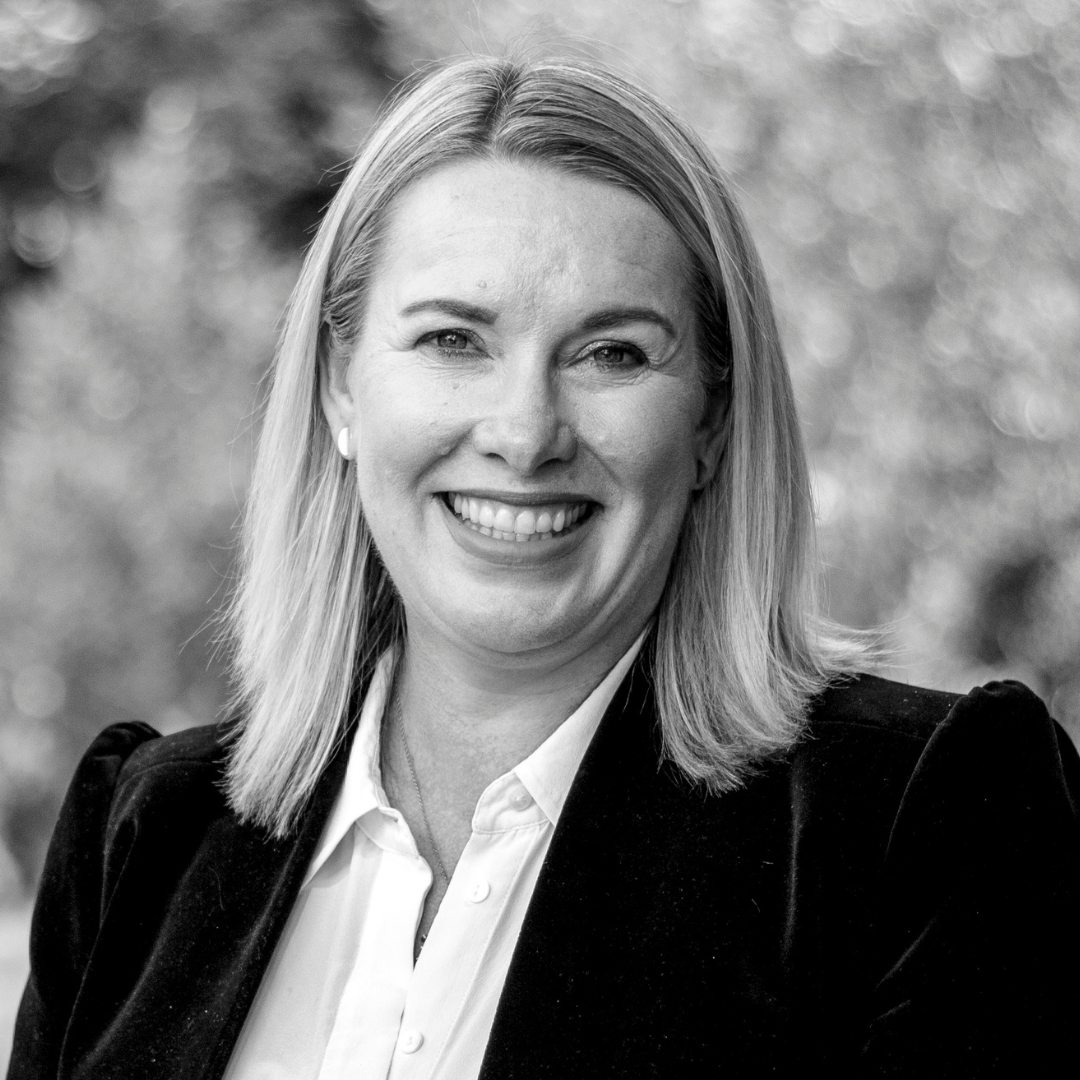
DEBORAH MCCORMICK
Director, DMC
Deborah McCormick (BFA in Fine Arts, Canterbury) is Director of Deborah McCormick Consulting (DMC) company that helps organisations, councils, government, businesses and individuals, source, commission and curate significant works of art. Previously she was Director of the Christchurch SCAPE Public Art festival and has worked twenty-five years in the public art space.
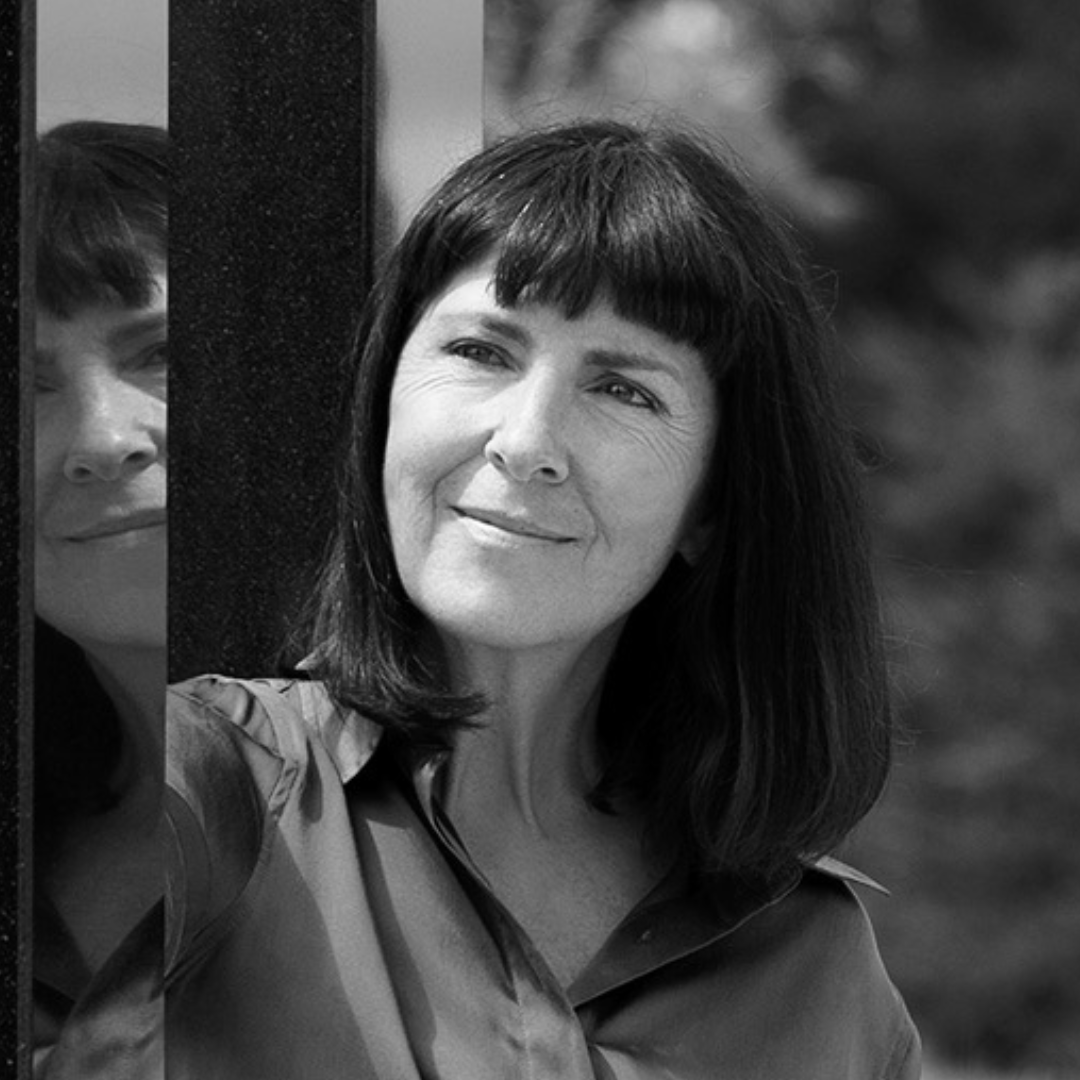
GILL GATFIELD
Multi-Award-Winning New Zealand Artist
Gill Gatfield (LLB., MFA(Hons) Auckland) creates abstract conceptual artworks and experiences in physical and virtual realms. Her work is exhibited in museums, galleries, sculpture parks and public spaces in New Zealand, Australia, USA and Europe, and held in collections worldwide. Gatfield’s 2023-2024 project HALO presented by Wellington Sculpture Trust and Te Papa Tongarewa, suspended a giant virtual stone circle over Wellington’s harbour Te Whanganui-a-Tara, reaching an audience of 24,000. Major public sculptures have been installed at Smales Farm Auckland, Spark NZ, SCAPE Public Art, Government House Auckland, Poison Creek Sculpture Project, Westconnex Sydney, Aarhus Denmark, Venice Architecture Biennale, Kunstverein Rosa-Luxemburg-Platz Berlin, UNESCO Geopark Ionion Islands, and Venice Art Biennale 2022.
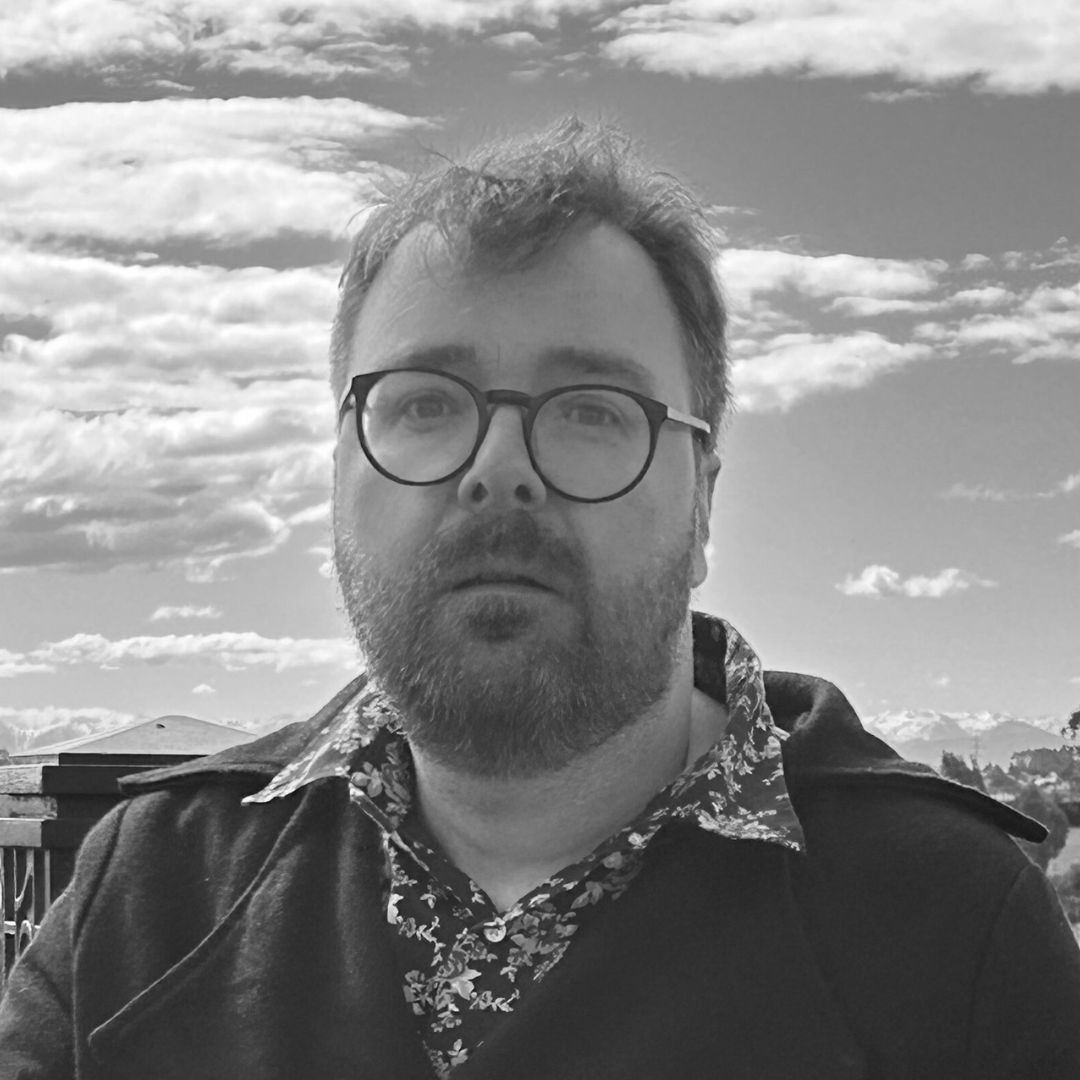
ANDREW PAUL WOOD
New Zealand Art and Cultural Critic, Theorist, Journalist, Historian, and Author.
Andrew Paul Wood (BA (hons) Otago, Postgrad Diploma Museum Studies Massey, MA (merit) Canterbury, PhD Canterbury) is a New Zealand art and cultural critic, theorist, journalist, independent researcher, historian, translator, and author. His writings on art, architecture, applied arts and design have been widely published in Australasia and the UK. His most recent book, Shadow Worlds (Massey University Press 2023) is a history of occult and esoteric movements in Aotearoa in the nineteenth and twentieth centuries.

TAVAKEFAI`ANA SĒMISI FETOKAI POTAUAINE
Sculptor, Lecturer and Writer in theory and practice, specific to Tongan Philosophy of Art (Architecture)
Tavakefai`ana Sēmisi Fetokai Potauaine is a Tongan sculptor, fine artist, and qualified architect, now residing in Aotearoa, New Zealand. Highly influenced by his upbringing, his work is largely informed by refined traditional Tongan artistic and literary concepts and practices and contemporary art and design in a broader movement to adequately place indigenous art in a global context. VAKA ‘A HINA, his largest and one of a few permanent public sculpture, was installed in Christchurch for SCAPE Public Art in 2019. His work has appeared in Sculpture on the Gulf and can be found in collections in Aotearoa, Tonga, Rarotonga and the UK.
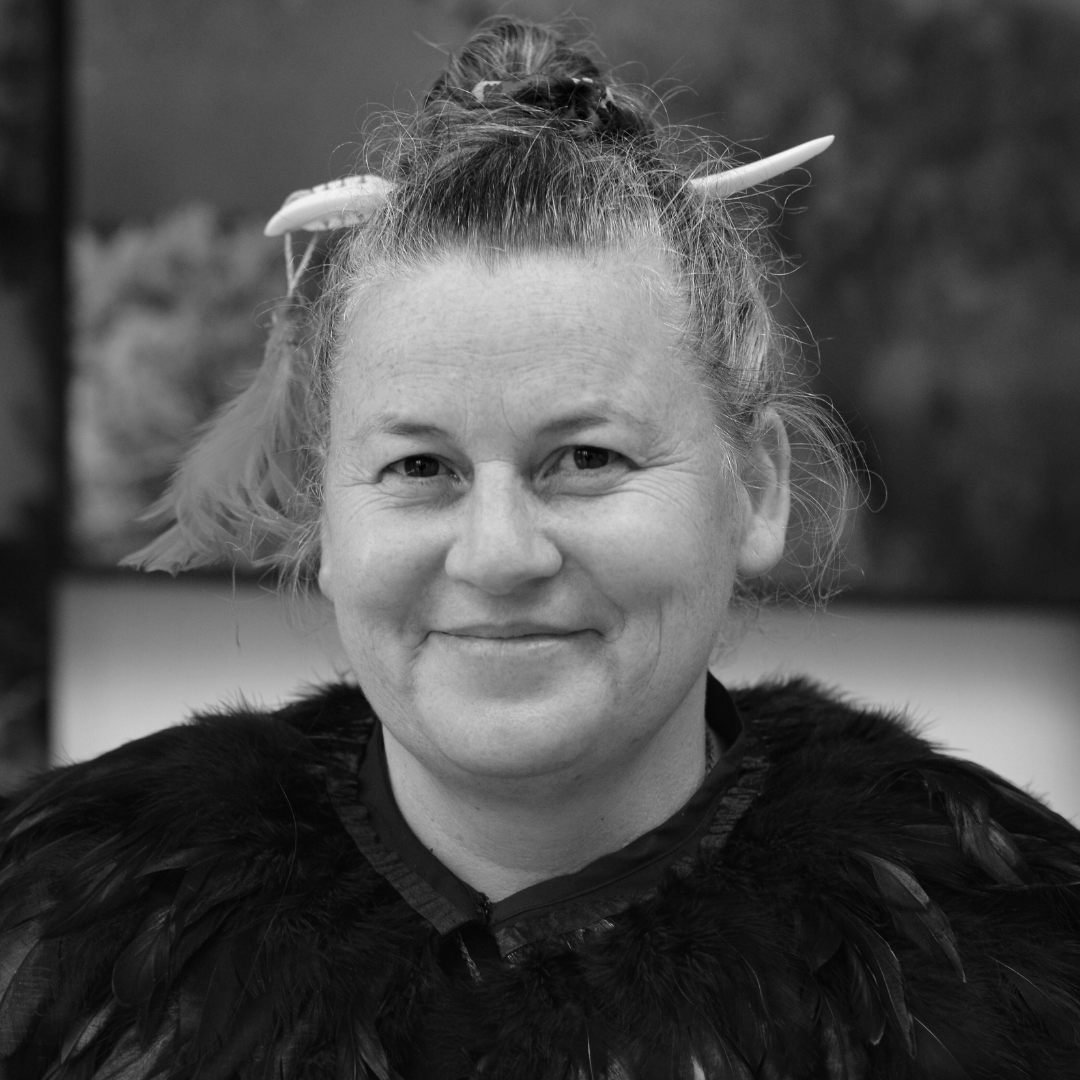
RACHAEL RAKENA (NGAI TAHU, NGA PUHI),
Associate Professor, Whiti o Rehua School of Art, Massey University.
Rakena coined the term ‘Toi Rerehiko’ to centre, claim and name digital space within a Māori paradigm. She describes and locates Māori digital/video/electronic-based art practice in terms of continuum, motion, and collaboration. Water is a prominent feature of her work and it is claimed as an indigenous space. Critiquing notions of fluid identity, Pacific understandings of space and water through metaphors of digital space as water space, inhabited by iwi Māori, her art installations have evolved to enculturate and politicize water itself, navigating issues of ongoing Pacific diaspora, flooding and rising sea levels, and decolonization/(re)vitalization. Rakena has used water as an amniotic medium to play out ideas of ‘otherness’, alienation, cultural loss, colonisation, immersion, and narratives of creation, desire, consumption, belonging, connectedness and ownership.
Known for her collaborative practice, she has been exhibiting internationally for 20 years. Highlights include Aniwaniwa, the 52nd Venice Biennale; Sakahàn: International Indigenous Art, National Gallery of Canada; Haka Peepshow, The Octagon, Dunedin; Māori Moving Image, Dowse Museum, Lower Hutt, NZ; Te Puna o Waiwhetu Christchurch City Gallery.
Rakena is a mum of one, a founding member of Paemanu, a collective of Ngāi Tahu contemporary artists, and an Associate Professor at Massey University Whiti o Rehua School of Art in Wellington. She co-conceived/co-curates Mana Moana, a waterscreen/online platform bringing together leading interdisciplinary Māori and Pacific artists to collaborate, exploring relationships with and across the ocean, climate change, and technology through indigenous perspectives, knowledge and narratives.
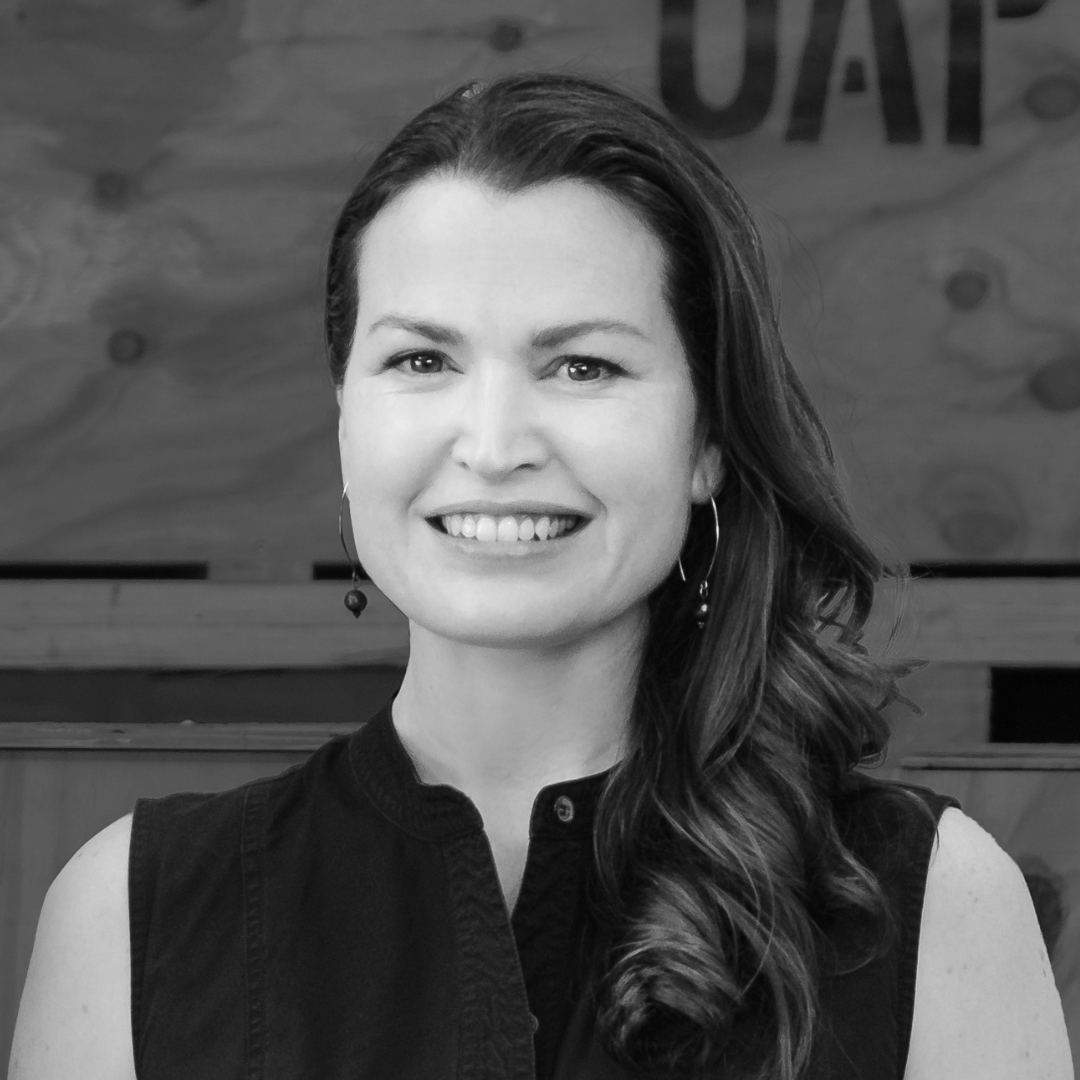
NATASHA SMITH
Director Curatorial, UAP
Beginning her career with degrees in Fine Arts with Art History, and postgraduate studies in Art Curatorship and Museum Studies from the University of Canterbury in Aotearoa, Natasha worked in the commercial and public arts sectors within the Asia Pacific region prior to joining UAP in 2009.
Highly skilled in curating art for the public realm, having developed art master plans and strategies, conducted creative placemaking and delivered art programs for commercial developments, Natasha has master-planned art for cities and community spaces across Australia, the Middle East, Asia, the Americas and Europe.
Natasha leads the UAP curatorial team globally, with teams located in Brisbane, Sydney and Melbourne in Australia, Shanghai in China, and New York in the United States. Natasha has worked with leading international curatorial collaborators on projects including: Nicholas Baume, Director and Chief Curator, Public Art Fund, New York; Mona Khazindar previous Director General of L’Institut du Monde Arabe, Paris; Chris Saines Director of the Queensland Art Gallery | Gallery of Modern Art, Brisbane; Rhoda Roberts AO, Head of Indigenous Programming, Sydney Opera House; Sarah Farrar, Head of Curatorial and Learning, Auckland Art Gallery Toi O Tamaki; Aaron Seeto, Director of the Hirshhorn Museum, Washington DC, United States; and Alison Kubler, Chair of the Collections Committee and Co-Chair of the Gender Equity Action Plan, National Gallery of Australia, Canberra, Australia.